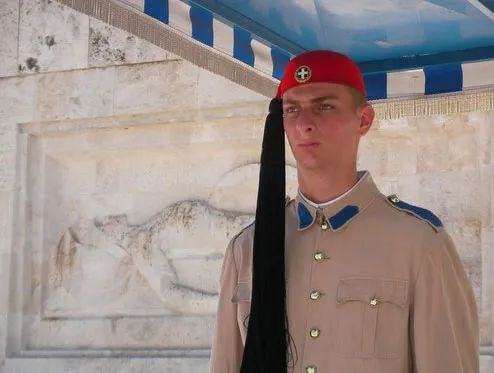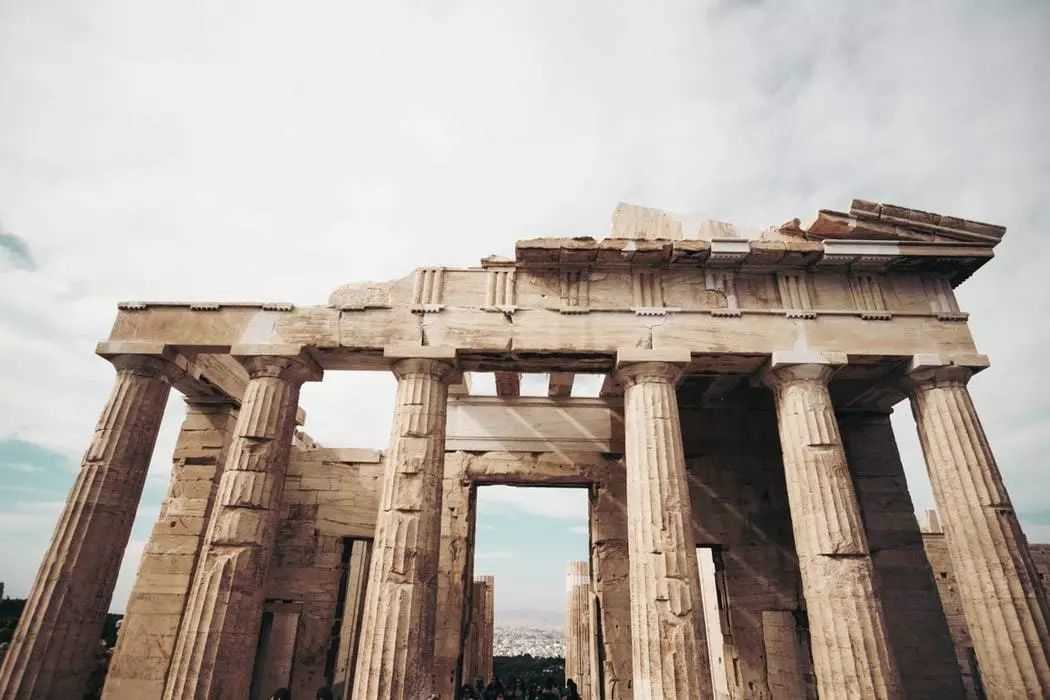
In ancient Greece, men's hairstyles were not only a matter of personal preference but also carried significant cultural and symbolic meanings. Among these styles, braids held a special place.
Long hair was highly regarded in ancient Greek society as a mark of masculinity and strength. Men with long hair often chose to braid their locks. They would create intricate patterns, sometimes using ribbons or gold threads. This not only added an air of elegance but also served a practical purpose. During physical activities, such as in battle or sports, braids helped keep the hair neat and tidy, preventing it from getting in the way. For instance, in many classical statues, like that of Zeus - Poseidon in the National Museum in Athens, the deity is depicted with long hair gathered up and adorned with two long braids circling his head. This shows that braids were a common and respected style in ancient Greek art, which often reflected the ideals of the society.
Moreover, Spartans, known for their military prowess, also paid attention to their appearance before battle, and braids were part of their look. Although some might argue that what appears as braids in some art could be misinterpreted curly hair made to look a certain way with oil, there is sufficient evidence, both in statues and historical accounts, to suggest that braids were indeed a popular choice among Greek men. They were a way for men to express their identity, adhere to social norms, and show their pride in their appearance, all while fulfilling practical needs in their daily and martial lives.




